#miocene
Text

This Amphicyon got lucky! It's prey, a large male Oncorhynchus rastrosus already spawned and was in the process of dying.
1K notes
·
View notes
Text

It’s time for Fossil Friday! Meet the “strong weasel” of the genus Sthenictis. It lived some 12 million years ago during the Miocene. This well-preserved specimen is mounted as it was found during excavations in north-central Nebraska. Although it represents an extinct group, its body form is typical of mustelids. In particular, the elongated trunk, short legs, and large feet are characteristic of living mustelids such as the pine marten.
See it up close in the Museum's Hall of Advanced Mammals! We're open daily from 10 am-5:30 pm. Plan your visit.
Photo: © AMNH
#science#amnh#museum#fossil#natural history#nature#animals#paleontology#weasel#aminals#did you know#fact of the day#mustelid#ancient animals#miocene#mammals#mammalogy
322 notes
·
View notes
Text
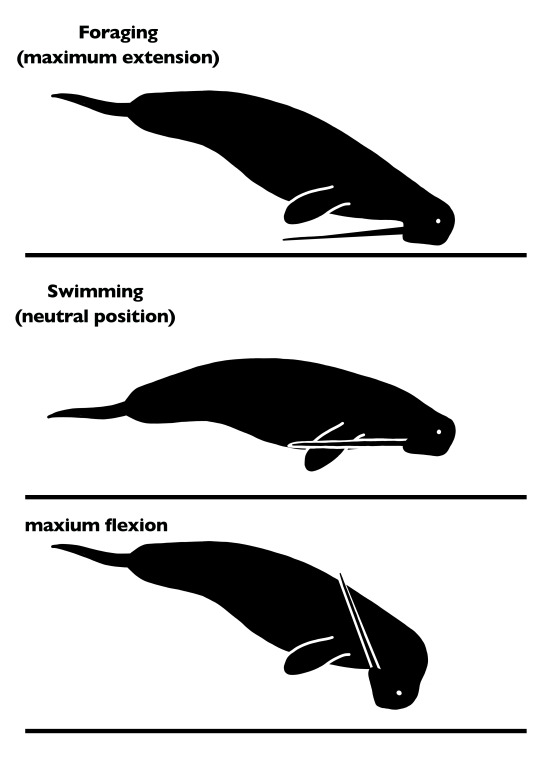
Odobenocetops is a profoundly fucked up whale. The younger species, O. leptodon, had tusks way over a meter in length yet they were too fragile to be used for fighting or digging.
The neck in both species was incredibly flexible as shown above
O. peruvianus lacked a melon and couldn't echolocate, instead relying on binocular vision (O. leptodon had a small melon, which is better than nothing I guess)
and they fed much like walrus, which means they would spit compressed water at the ocean floor to uncover shellfish, grab them with their lips and use their mouth as a vacuum pump to suck out all the soft parts only
oh yeah and some speculate that it might have had whiskers covering its face
1K notes
·
View notes
Text

THE SPIRAL OF TIME
How many Prehistoric critters can you name in the Spiral?
#art#illustration#rustleddoodles#artists on tumblr#paleontology#prehistoric#paleoart#cambrian#ordovician#silurian period#devonian#carboniferous#permian#triassic#Jurassic#cretaceous#miocene#paleogene#dinosaurs#mammals#synapsid#placoderm#arthropods#animalia#my stuff#chordata#ammonite
390 notes
·
View notes
Text
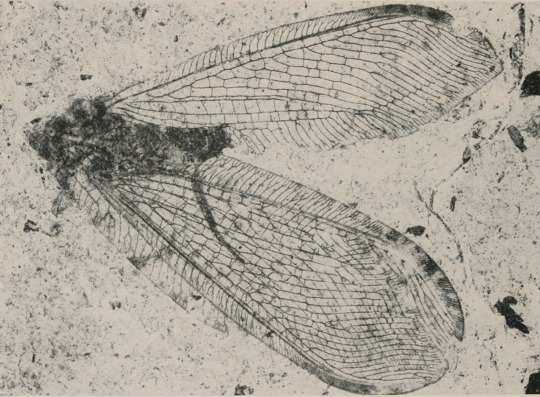
"An osmylid fly (Neuroptera) from the Miocene shales of Colorado."
Annual report of the Board of Regents of the Smithsonian Institution. 1953.
Internet Archive
398 notes
·
View notes
Text
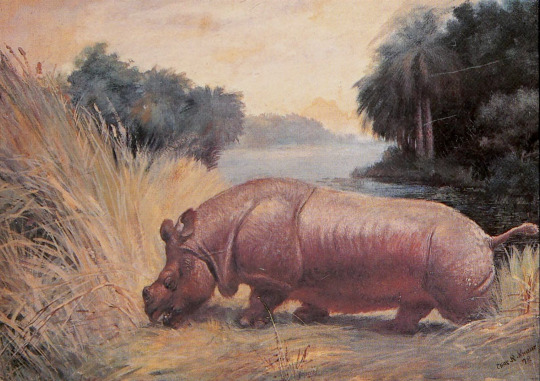
Teleoceras, Charles R. Knight, 1878
Teleoceras has a cold. His nose is gobbled up with mucous and a bitter taste coats the walls of his mouth. None of the grass tastes sweet. He sneezes and litters the reeds with a cloud of germs and snot particles. His eyes are puffy. The world looks as if it's in a haze. He blinks, tries to clear his vision, feels thick tears leak from the corners of his eyes. A cough shakes his body, brings up a wad of phlegm that he instinctively swallows down with a moan. If any predator were to stalk him, they would turn away in disgust.
89 notes
·
View notes
Text
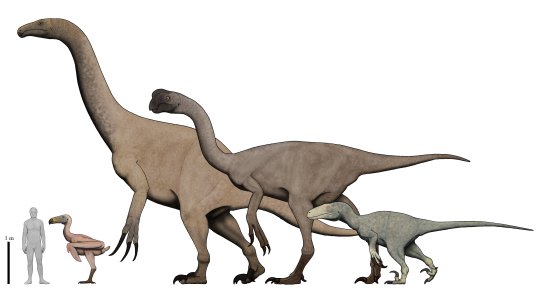
The gentlemen's featherless theropods, in front Argentavis, followed by Therizinosaurus, Gigantoraptor and Utahraptor.
Often we reconstruct them by default with feathers to some degree, this was mostly done in this way because I wanted to understand better their anatomy, they all are plucked.
#paleoart#mesozoic#cenozoic#argentavis#utahraptor#gigantoraptor#therizinosaurus#cetaceous#miocene#theropoda#prehistoric birds
200 notes
·
View notes
Text
Lavanttalornis hassleri Bocheński et al., 2023 (new genus and species)
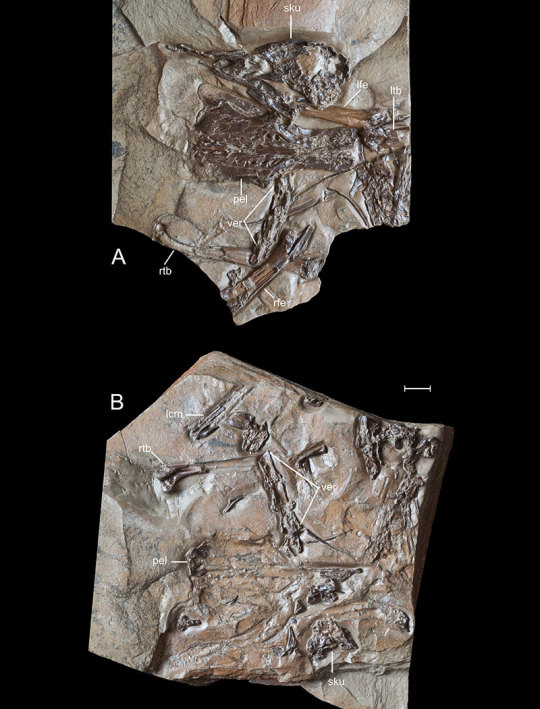
(Type specimen of Lavanttalornis hassleri [scale bar = 10 mm], from Bocheński et al., 2023)
Meaning of name: Lavanttalornis = Lavanttal valley bird [in Greek]; hassleri = for Andreas Hassler [discoverer of the original fossil]
Age: Miocene (Serravallian), around 12 million years ago
Where found: The Lavanttal, Carinthia, Austria
How much is known: Nearly complete skeleton of one individual.
Notes: Lavanttalornis was a duck, and one of the most completely known Miocene ducks yet found. Details and proportions of its limb bones suggest that it primarily fed by dabbling (collecting food on or just below the water's surface) instead of diving underwater, but it is unclear which group of modern ducks it was most closely related to.
Reference: Bocheński, Z.M., J. Happ, G. Salwa, and T. Tomek. 2023. An intriguing new species of dabbling duck (Aves: Anseriformes) from the middle Miocene of Austria. Palaeontologia Electronica 26: 52. doi: 10.26879/1334
143 notes
·
View notes
Photo

Europe and Western Asia During the Late Miocene (~10 Million years ago). When a good chunk of the area was covered by a giant brackish lake known as Eastern Paratethys of which the Black and Caspian seas are the only remnants.
Paleogeographic reconstruction of late Miocene Paratethys fluctuations. During regressive phases, the megalake lost most of its surface. The remaining water was split between a central salt-lake in the Black Sea basin (marked in red) and peripheral basins that periodically refilled and became fresher (light blue)
152 notes
·
View notes
Text

The massive mother Devincenzia, one of the biggest terror birds to ever walk the earth, looked dissaprovingly at what was before her, with a piercing gaze coming from her eyes, over two metres off the forest floor. She was not amused, to put it mildly.
Her two chicks had hatched recently, and had proven themselves to be quite a wingful. They were always up to no good, chasing small animals, running over logs, and getting into mischief. Now, they had been running around a clearing, which had a strange thing among a huge pile of leaves.
The Devincenzia was naturally suspicious of strange objects, and the strange black box that was among the leaves. Occasionally it made a clicking sound. The terror bird didn’t know what it was. As far as she was concerned, it may have been a strange vine. But she didn’t like it. She decided to lead her little rascals elsewhere.
#paleoart#palaeoblr#stylized paleoart#terror bird#devincenzia#miocene#palaeo cartoon#birblr#bird art#extinct bird
520 notes
·
View notes
Text

New Prehistoric Cat Species Discovered in Spain
The new cat species, named Magerifelis peignei, lived in what is now Spain some 15.5 million years ago (Middle Miocene epoch).
It belonged to Felinae, a subfamily of small cats having a bony hyoid because of which they are able to purr but not roar.
63 notes
·
View notes
Text
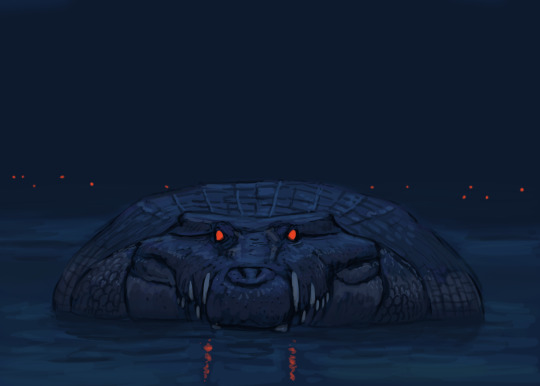
Another #paleostream sketch
Baru, a large, broad snooted, mekosuchians crocodile.
3K notes
·
View notes
Text

"Vue idéale de la terre pendant la période miocene" [Ideal view of the earth during the Miocene period] by Edouard Riou, from La terre avant le déluge [The world before the deluge] by Louis Figuier, 1863
#edouard Riou#la terre avant le deluge#world before the deluge#louis figuier#1863#deinotherium#rhinoceros#Mastodon#Dryopithecus#Miocene
44 notes
·
View notes
Text

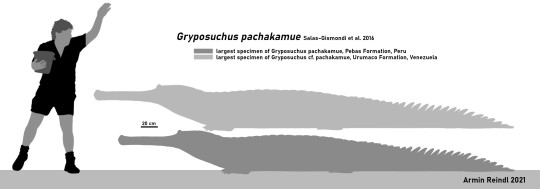


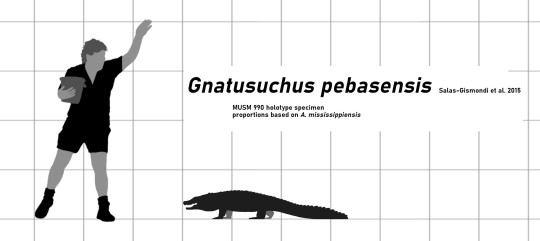


Here's a fun fact, during the early to middle Miocene the north of South America was covered by an enormous wetland system sometimes known as the Pebas Megawetlands, which was home to one of the single most-diverse collection of crocodilians in history.
Among them were a "small" species of Purussaurus that preyed on ground sloths, South American gharials, three different types of small caimans that fed on clams, a relative of todays dwarf caimans and the weird, surf-board headed Mourasuchus, all of which were recovered from a single locality.
If you wanna see more of this I highly recommend you check out @knuppitalism-with-ue stream tomorrow night, 23:00 CEST on Twitch.

#purussaurus#gryposuchus#kuttanacaiman#mourasuchus#gnatusuchus#paleosuchus#caiman#crocodilia#gharial#pebas#pebas megawetlands#paleostream#palaeoblr#prehistory#miocene
108 notes
·
View notes
Text
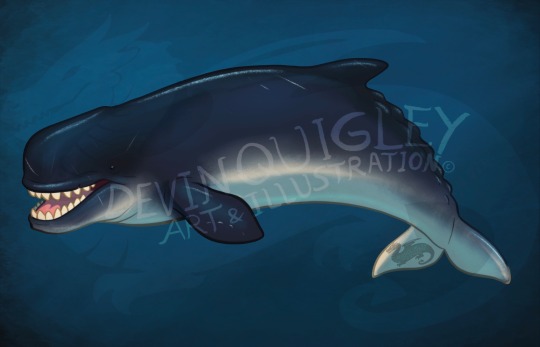
Paleovember 2023, Livyatan melvillei!
So it turns out that Megalodon wasn't the only giant sea monster prowling the oceans during the Miocene, far from it! This relative of the modern sperm whale measured up to 57 feet long, and while modern sperm whales only have teeth on the lower jaw, Livyatan had VERY large teeth on both jaws. This made it a terrifying macroraptorial predator, and in it's heyday would have preyed on everything from seals to other whales, and would have been a major rival to Megalodon.
#livyatan#whale#sperm whale#miocene#sea monster#paleoart#paleontology#evolution#prehistoric#animal art#illustration#art#artwork#cartoon#digitalart#drawing#procreate#art challenge#artist on tumblr#Paleovember
59 notes
·
View notes
Text
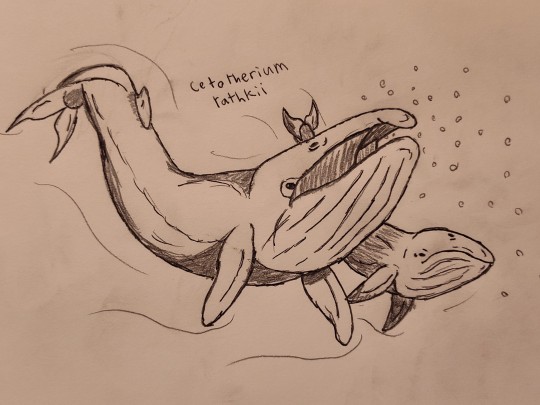
Cetotherium (whale beast) was a relatively small baleen whale that lived between 23 and 2 million years ago. These whales have been estimated to measure up to 6.8 feet, and fossil evidence suggests it was often preyed on by the iconic shark megalodon as well as the raptorial toothed whale Livyatan. Cetotherium had no teeth and used its baleen to bulk feed on small animals like plankton and krill.
#cetotherium#paleoart#paleontology#evolution#baleen whale#whales#whale evolution#whale#cetacean#cetaceans#miocene#pliocene#paleogene
28 notes
·
View notes